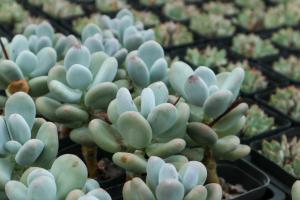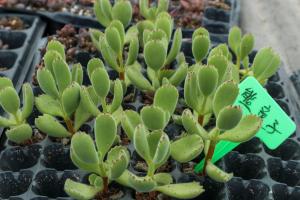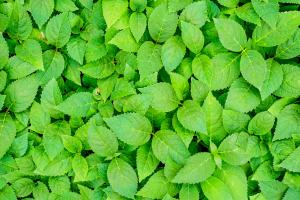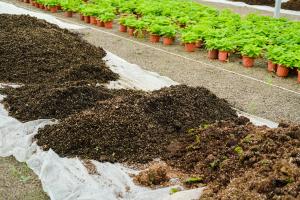How Do You Make a Pot Plant Clone?
If you're a marijuana cultivator or enthusiast, you may want to replicate an exceptional plant's genetics. Cloning is a technique that involves taking a cutting from a mature plant and rooting it to develop into a new plant genetically identical to the parent. Here's how to make a pot plant clone step-by-step:
Step 1: Choose the Parent Plant
The first step in cloning is to choose a healthy parent plant with desirable traits such as high yield, potency, flavor, and aroma. Ensure that the parent plant is in the vegetative stage and has no signs of stress or disease.
Step 2: Find a Cutting
After selecting the parent plant, find a branch or stem section that you can remove without damaging the plant. Look for a branch that has a few sets of leaves but isn't too thick. The cutting should be about 4-6 inches long.
Step 3: Prepare the Cutting
Clean the cutting tools to ensure they are free of contamination. You can use a razor blade or scissors to trim the branch at a 45-degree angle. Then, remove the lower leaves from the cutting, leaving a few sets of leaves at the top. This will help the cutting focus energy on root growth. Spray the cutting with water and place it in a container of water or rooting solution.
Step 4: Root the Cutting
Rooting is the process of developing roots from the cutting that allow it to absorb water and nutrients. Keep the cutting in a humid and warm environment with plenty of light, but avoid direct sunlight. Change the water every few days or add rooting hormone to a container of water or rooting solution. It usually takes 7-14 days for roots to develop.
Step 5: Transplant the Cutting
Once the cutting has developed roots, it's time to transplant it into soil or another growing medium. Use a pot or container with drainage holes, fill it with soil, and make a small hole where you want to position the cutting. Carefully plant the cutting, water it, and place it in a warm and humid place for the next few days to acclimatize.
Step 6: Care for the New Plant
After the cutting has taken root and developed into a new plant, it requires proper care to thrive. It's essential to provide the plant with the right humidity, light, nutrients, and temperature. Expose the plant to lots of light but avoid direct sunlight. Feed the plant with appropriate nutrients and ensure it's watered adequately but not overwatered.
Conclusion
Cloning is an excellent way to ensure that you replicate desirable plant genetics or preserve rare strains. By following these six steps, you can quickly and easily make a pot plant clone that will behave similarly to the parent plant. It's essential to remember that the new plant is genetically identical to the parent, which means it will have the same strengths and weaknesses. Therefore, it's crucial to start with a healthy and sturdy parent plant to guarantee productive and massive yield from the clone.

 how many times do yo...
how many times do yo... how many planted tre...
how many planted tre... how many pine trees ...
how many pine trees ... how many pecan trees...
how many pecan trees... how many plants comp...
how many plants comp... how many plants can ...
how many plants can ... how many plants and ...
how many plants and ... how many pepper plan...
how many pepper plan...































